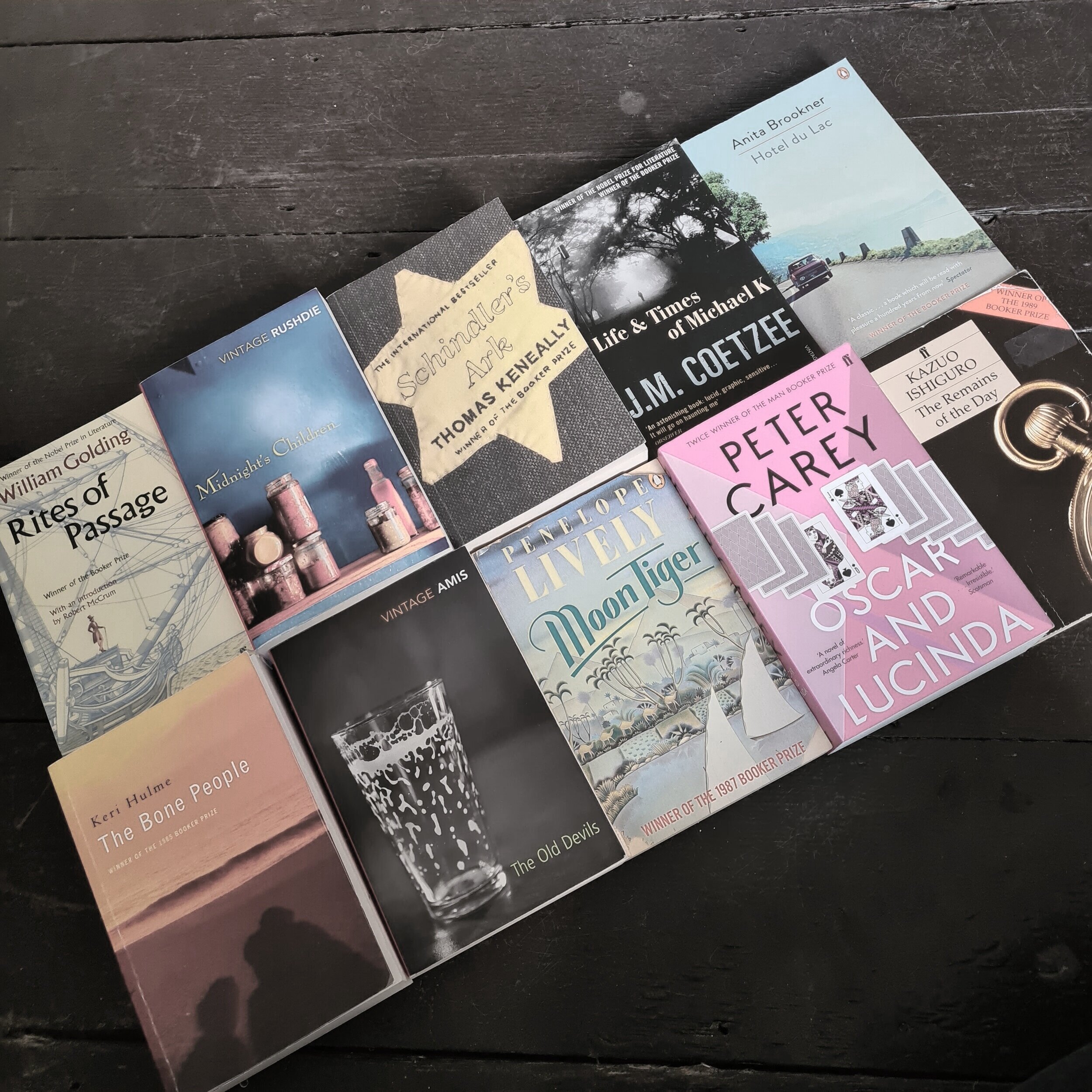
Blonde Roots (2009)
Blonde Roots has a concept that’s hugely appealing in its simplicity: it imagines a world in which the history of the slave trade is inverted, where “blak Aphrikans” are the masters and “whyte Europanes” the enslaved. Its central character is Doris Scagglethorpe, a white Englishwoman who is kidnapped as a child and taken on a slave ship to the New World (in the "West Japanese" islands) where she is acquired by the plantation owner Bwana, also known as Chief Kaga Konata Katamba I. She is ultimately moved to the imperial capital of Londolo, in the island of Great Ambossa where she becomes a "house slave" until her attempt to escape. As punishment, she is returned to the plantation and ends up labouring in the fields, suffering incredible hardship and dreaming of a final escape.
A Little Life (2015)
A Little Life begins in a familiar enough mode, detailing the lives of four clearly exceptionally talented young men, brought together as roommates at university in New York: JB, a painter; Malcolm, an architect; Willem, an aspiring actor; and finally Jude, a mathematical genius and eventual lawyer. It’s clear from early on that much of the novel’s intrigue is going to revolve around Jude, who despite his many talents is clearly suffering - with both serious physical and mental health issues resulting from initially undisclosed past events.
As it develops, it comes to focus more directly on Jude, and all of the other characters largely come to be defined more in terms of their relationship to him. We learn relatively early on that he has suffered severe abuse as a child, the nature of which is slowly expanded upon in increasingly horrific detail. Crucially, he is unable to reveal the truth of his life to anyone - instead taking refuge in long hours of work as a lawyer and in persistent self harm. While he enjoys the love of many friends, and ultimately adoptive parents in the form of mentor Harold and his wife Julia, he is unable to overcome his trauma. Throughout we’re given hope that through a series of positive developments Jude may be able to begin to face his past and at least begin to enjoy his life, but this - ultimately - isn’t that kind of novel.
Klara and the Sun (2021)
Klara and the Sun is Ishiguro’s eighth novel, released to much anticipation last year at the height of the Covid Pandemic. It’s told from the perspective of an AF (Artificial Friend), a robotic life-form created to help provide company for children in a world in which they are no longer able to (for reasons not initially stated) socialise in school-like settings. As in Never Let Me Go, many key details are withheld. We come to understand via Klara’s limited but perceptive observations that this world is different to our own in ways we don’t quite understand (beyond just the existence of sentient AI-based lifeforms, of course.)
The Handmaid’s Tale (1986)
The Handmaid’s Tale, for anyone who’s been living under a rock and is somehow not familiar with its plot, is essentially the tale of a dystopian, totalitarian version of America, known as Gilead, seen through the eyes of one of its presumably millions of ordinary female victims - Offred - who, as one of the diminishing number of fertile women in an aggressively patriarchal society, is assigned to the role of “handmaid”, essentially a house-slave of her “commander” whose sole purpose is to bear him and his wife a child.




